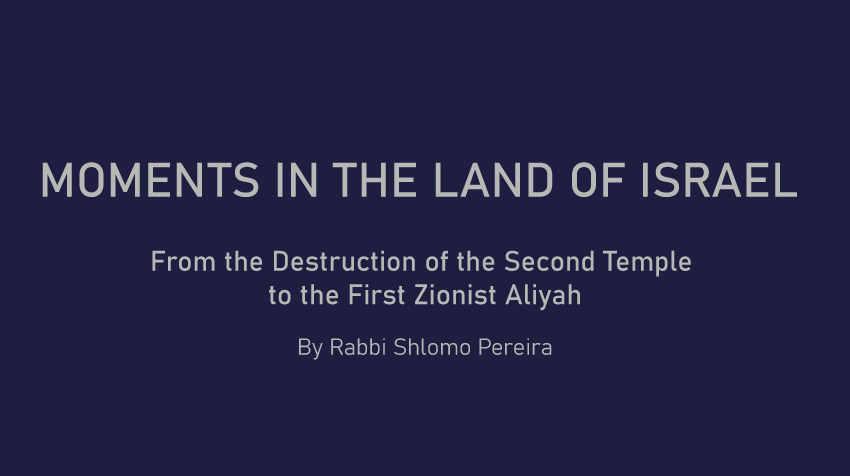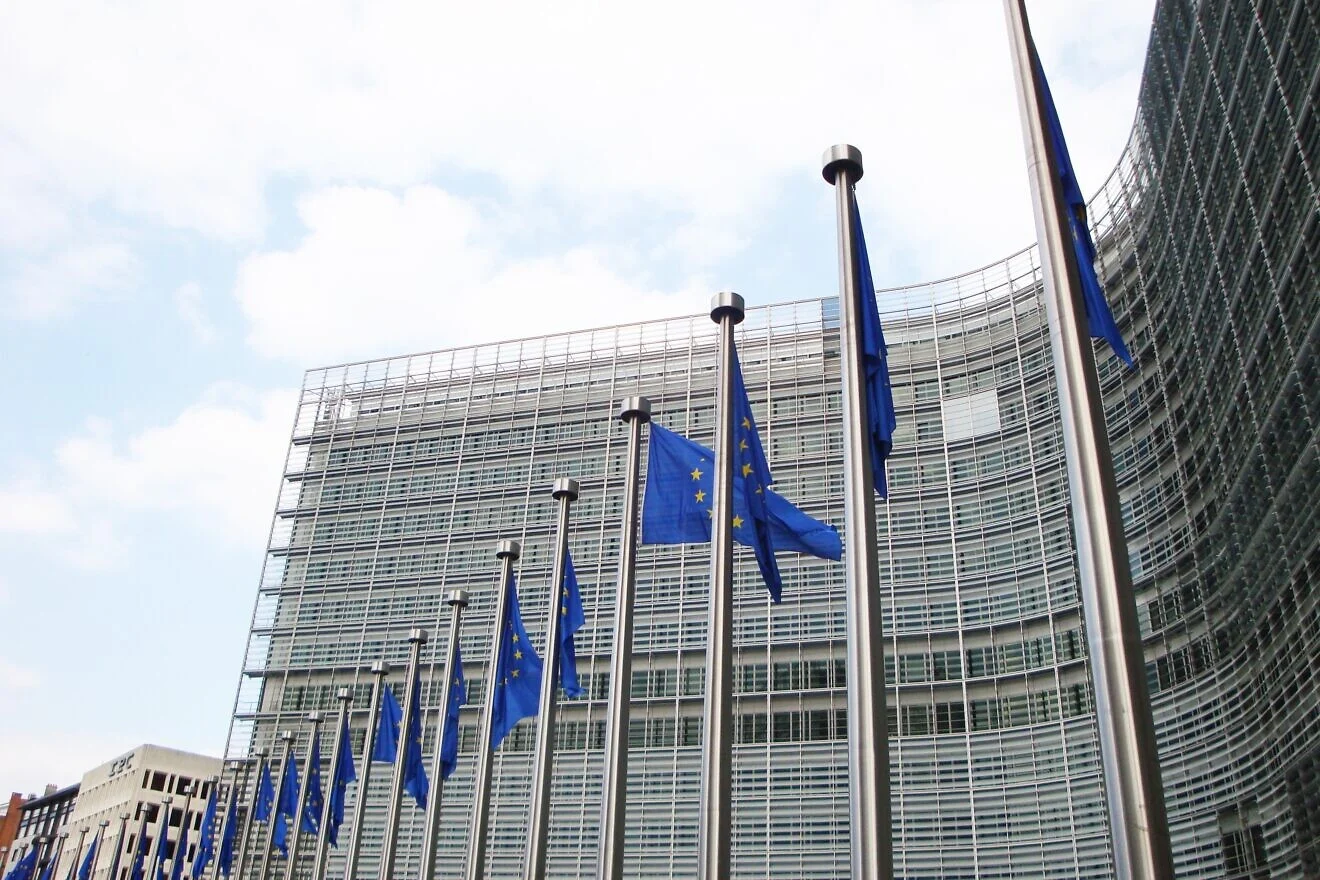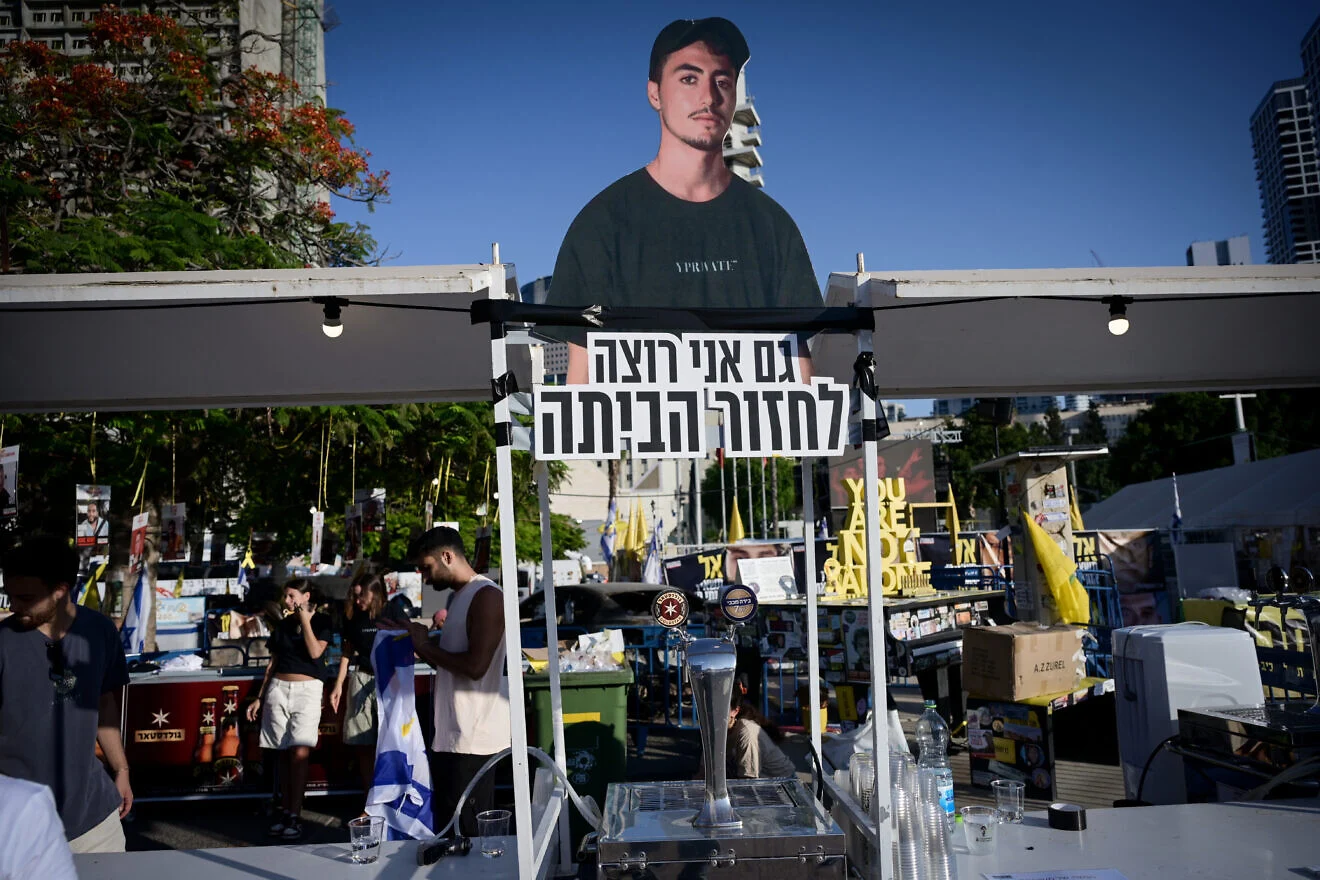Highlighting the permanent Jewish presence and the relevance of Jewish contributions in Eretz Israel as well as the continuous connection between Diaspora Jews and Eretz Israel throughout the centuries between the Destruction of the Second Temple and the onset of modern Zionism, through a series of one-page notes distributed weekly.
DID YOU KNOW THAT... c.629 severe restrictions were placed on public Jewish prayer in the Land of Israel, which lead to some important changes in the liturgy? In the aftermath of the Byzantine Empire regaining control over the Land of Israel, ending a fifteen-year period of Persian domination, there was widespread retaliation against Jews for their support of the Persian occupation. In addition to extremely harsh persecutions, Jews were forbidden to pray in public, and specifically prohibited from the public recitation of the Shema and other parts of the Hebrew Bible. Jews were still allowed to gather together for the sake of communal praise or thanksgiving, including the recitation of the Amidah, just not in what would be regarded as a formal prayer setting. These circumstances led to the introduction of a large number of liturgical poems, ‘piyutim’, surrounding the Amidah and often into the Amidah itself. More importantly, it also led to the adoption of the subterfuge of reciting the Shema during the public repetition of the Amidah in the section of the Kedusha, a place where it would not be expected and where it would likely go unnoticed. Interestingly enough, this ruse was inspired by a similar situation that occurred in Babylon a little over 150 years before. At that time, the Persians then ruling the area, prohibited the public recitation of the Shema, which as a statement on the Oneness of G-d, went against the dualism of their official Zoroastrian religion. In response, the sages of Babylon inserted a surreptitious reading of the Shema into the Kedushah section of the repetition of the Amidah. Eventually, after the prohibition on reciting the Shema was lifted, its recitationwas removed from the Kedushah. However, so that the situation be remembered, it was left in the Kedushah of the Musaf prayer for Shabbat and Festivals, since there is no other recitation of the Shema during this prayer service. Despite the similar approaches, there remained some crucial differences between the communities in Babylonian and in the Land of Israel, differences that would become a subject of some acrimonious arguments at some point after the establishment of the Islamic rule in the Land of Israel in 641 and the cessation of such restrictions on Jewish prayer. This was because the community in the Land of Israel continued the recitation of the Shema whenever the Kedusha was recited even now when they were again allowed to recite the Shema in its proper context. This was perceived by the Babylonian sages as an unnecessary and inappropriate custom that was only justifiable under the immidiate threat of oppression. The Babylonian approach eventually prevailed and is an integral part of our current liturgy.


































